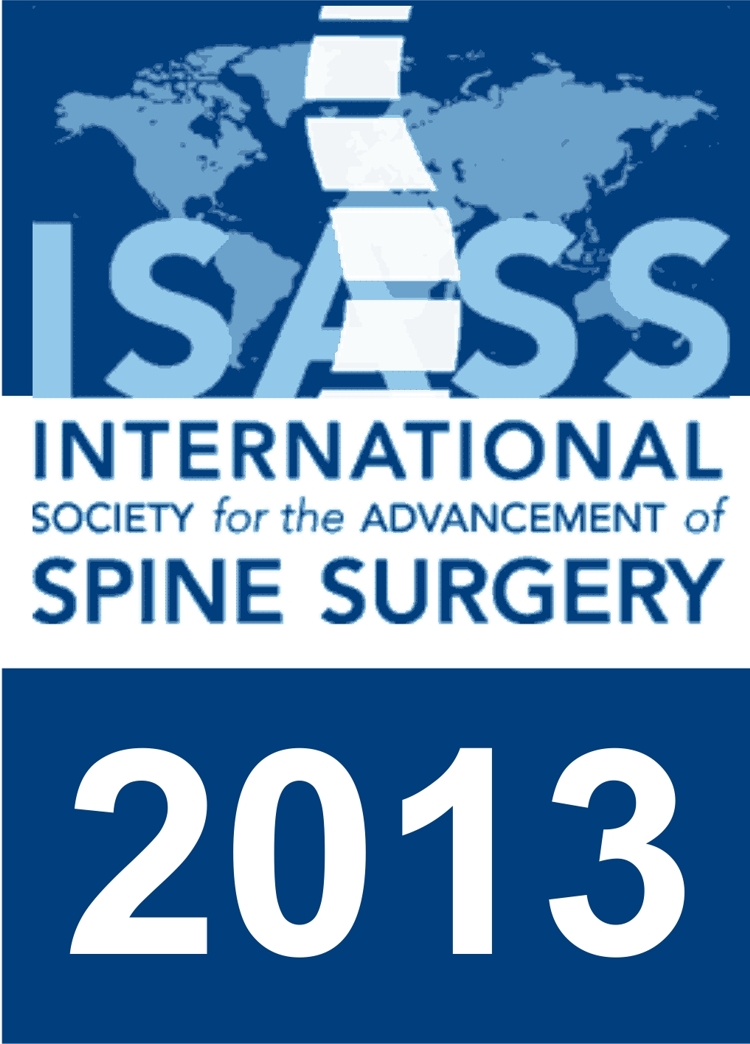
SPINE
ISASS: Radiographic progressive ALD rates lower in C-ADR patients than in ACDF patients
345 single-level symptomatic cervical disc disease patients were distributed into either a randomized or non-randomized group. The 209 patients in the randomized group were randomized to receive cervical artificial disc replacement (C-ADR) with ProDisc-C or anterior cervical discectomy and fusion (ACDF), in order to compare the radiographic rates of progressive adjacent level degeneration between the methods. The 136 patients in the non-randomized group were assigned to a continued access (CA) group, in which they underwent C-ADR. Results from 5-7 years exhibited that randomized and non-randomized patients who underwent C-ADR had significantly lower radiographic rates of progressive adjacent level degeneration in comparison to the ACDF group.
Unlock the full ACE Report
You have access to {0} free articles per month.Click below to unlock and view this {1}
Unlock NowCritical appraisals of the latest, high-impact randomized controlled trials and systematic reviews in orthopaedics
Access to OrthoEvidence podcast content, including collaborations with the Journal of Bone and Joint Surgery, interviews with internationally recognized surgeons, and roundtable discussions on orthopaedic news and topics
Subscription to The Pulse, a twice-weekly evidence-based newsletter designed to help you make better clinical decisions
Exclusive access to original content articles, including in-house systematic reviews, and articles on health research methods and hot orthopaedic topics
Or upgrade today and gain access to all OrthoEvidence content for just $1.99 per week.
Already have an account? Log in


Subscribe to "The Pulse"
Evidence-Based Orthopaedics direct to your inbox.
{0} of {1} free articles
Become an OrthoEvidence Premium Member. Expand your perspective with high-quality evidence.
Upgrade Now












































































